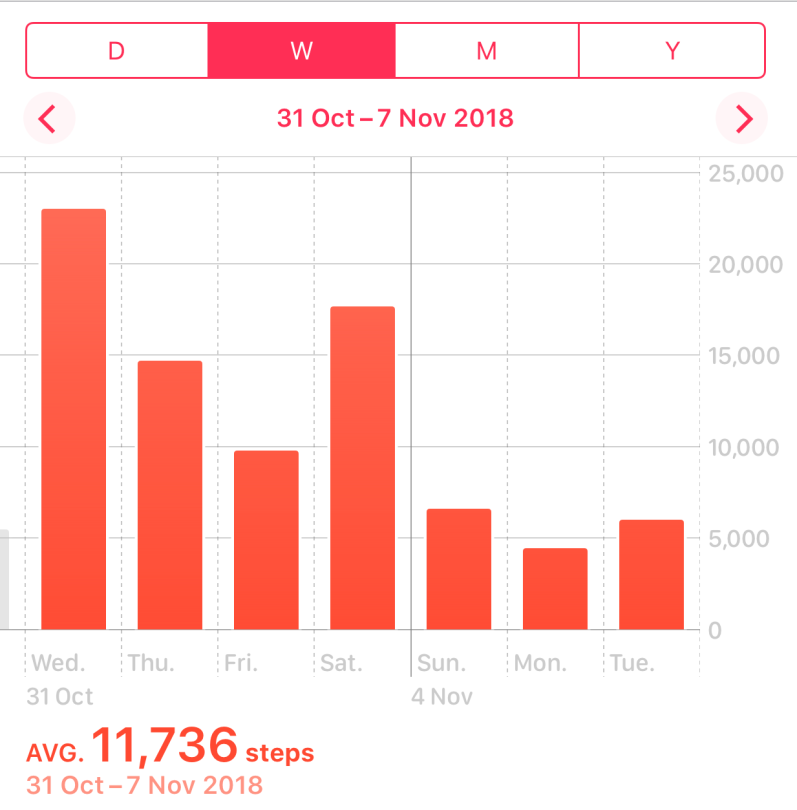Have you ever been annoyed at a change in your clinical practice guidelines? Have you ever been frustrated because of moving goal posts? Want to understand your clinical practice better? Start here.
1. No-one knows what “right” is.
Occasionally I hear people complain about changes in paramedic guidelines. “I can’t keep up!”. “They’re always changing the guideline!” “Why can’t they leave things as they are?”
Apart from acknowledging that “they” are hard-working paramedics like themselves, there’s a very simple reason for this: science. The truth is that we often don’t know what the right way to manage a certain condition is. We have to try things and see whether they work. No-one has a crystal ball, and changes aren’t being made to frustrate anyone. They’re just our best guess at the moment.
Often a study will be done or new medication will be developed which radically changes how we approach a certain pathology. The recommendations will change to match the best available evidence, and sometimes that makes for an ugly guideline. I’m sorry, but there’s nothing much we can do about that.
We used to use leeches and laudanum to treat pretty much all medical complaints. Then we phased out the leeches and refined laudanum to morphine. Now leeches are back in a limited capacity. No-one was wrong, we were just doing the best we could. And millions of medical leeches are no longer unemployed, so that’s good.
2. Medicine is statistics
Let’s say that you have a favourite intervention. You’ve seen it work a number of times and perhaps save someone’s life. But then it’s removed from your clinical guidelines and you’re no longer authorised to practice it. Injustice!
Maybe. But maybe not.
These days, medicine is statistics. The days of doctors and paramedics experimenting and following their gut feelings is on its way out. This is not due to lack of ability – it’s down to the large numbers involved. Anecdata just isn’t reliable enough.
Perhaps your intervention worked for a few patients. But without using some biostatistics to model whether it’ll work at a population level, we can’t be sure that it’s a good idea. Unfortunately we don’t have individual, genetics-based medicine quite nailed down yet. Until we do, we’ll have to rely on ideas like “the greatest good for the greatest number”, informed by statistical analysis of probably flawed studies.
3. Sometimes the best option isn’t the best option.
Sometimes a guideline is in use which is clearly not the best thing to be doing. It might have been shown to be overkill, or unnecessary, or just plain wrong.
Understandably this upsets some paramedics. If Medication X is clearly superior in every clinical respect to Medication Y, then why aren’t we using it? Y indeed?
Unfortunately, clinical appropriateness isn’t the only criterion that is used. Ambulance services these days are big, complex organisations. There are many factors that feed into decisions about clinical guidelines, not only clinical ones. These may include
- Monetary cost
- Government regulatory rules
- Skills maintenance considerations
- Frequency of use vs risk of use
- Equipment availability
- Manual handling and safety concerns
- Impact on other guidelines
- Buy-in from other stakeholders
- and about a million other things
These factors sometimes change, so options that were formerly impossible suddenly become possible. Medication X coming off-patent or being formulated differently might turn the equation around. A spike in patient presentations requiring Equipment Z might overcome problems with maintaining skills.
4. No-one likes a sooky lah-lah
Ultimately a lot of concerns around clinical guidelines come around to attitude. Paramedics love a good whinge, as do most people. But moaning and complaining about things is a great way to make yourself, and those around you, unhappy. It’s best avoided where possible.
When I hear people kvetching about how clinical guidelines are written, it really bothers me. It displays a lack of appreciation of the thought and consideration that is involved in generating a guideline. They aren’t randomly spewed out on a whim – if anything, they’re over-thought.
Most modern ambulance services have a mechanism whereby frontline practitioners (paramedics) are able to recommend changes to clinical guidelines. Use it. Moaning about constantly changing clinical practice improves nothing. Let’s change our culture of complaint.
If nothing else, it’ll improve the level of conversation in the write-up room.

